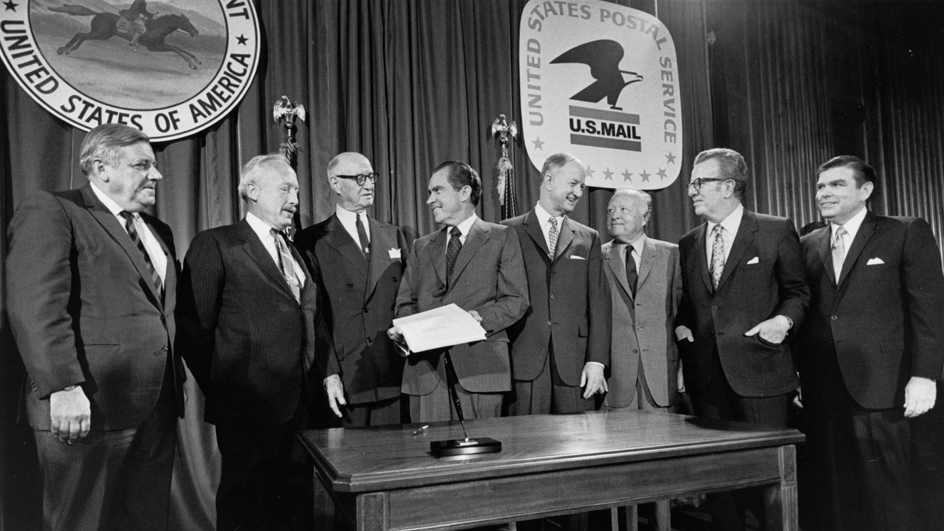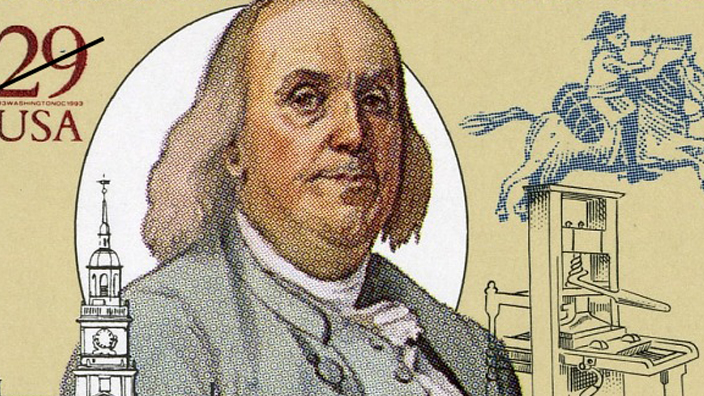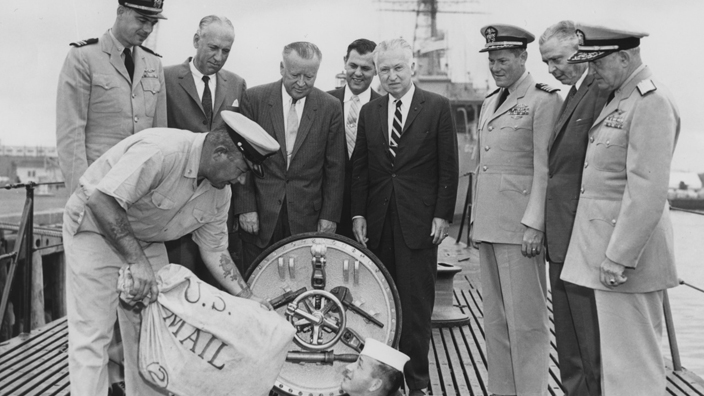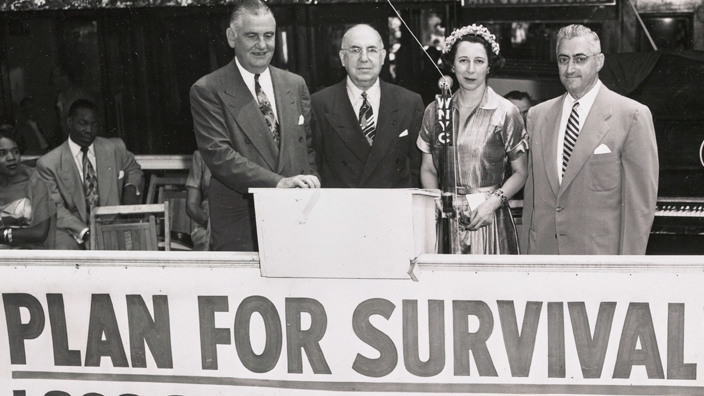Mere months after a historic wildcat strike brought the U.S. Mail to a standstill, President Richard M. Nixon signed the Postal Reorganization Act— the most comprehensive postal reform since the nation’s founding — on Aug. 12, 1970.
The act abolished the former Post Office Department, a Cabinet-level arm of government funded by taxpayers, and created a unique hybrid entity in its place.
The U.S. Postal Service would be part independent federal agency, part self-supporting business: a government-owned corporation.
The strike that lit the fire for reform paid off. Workers enjoyed the largest pay raise in postal history and won the right to bargain collectively, among other gains.
“We went on strike, and this is what came of it,” said John Magliaro, a letter carrier in Worcester, MA, who was interviewed for the Postal Service’s 50th anniversary oral history project.
“Everybody was happy … we started getting decent money, and the union had more strength,” Magliaro said.
Joshua Dial, a North Carolina District employee development specialist, told the oral history project the establishment of collective bargaining rights was “a very major change — where the employee has a say in working conditions, and even in his compensation. That was really big, really big.”
The law took effect on July 1, 1971, dubbed “National Postal Service Day” by Nixon.
The “History” column appears occasionally in Link.



